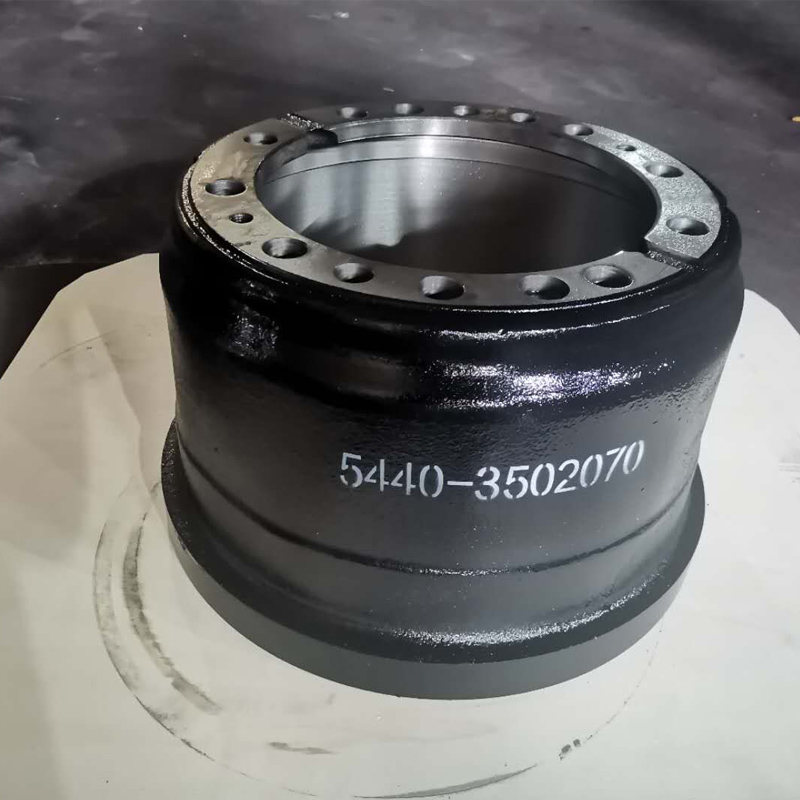Oct . 13, 2024 23:30 Back to list
car brake drum problems
Understanding Car Brake Drum Problems
When it comes to vehicle safety, the braking system is one of the most critical components to consider. Among the various types of braking systems available, drum brakes remain popular in many vehicles due to their effectiveness and cost-efficiency. However, like any mechanical system, brake drums can encounter problems that, if left unchecked, can lead to serious safety issues. Understanding these potential problems can help car owners address issues early and maintain their vehicle's safety.
Common Problems with Brake Drums
1. Warping One of the most common issues with brake drums is warping. This can occur due to excessive heat generated during braking, especially during heavy or prolonged braking. Warped drums can cause a pulsating sensation when the brakes are applied, sometimes leading to uneven wear on the brake shoes and decreased braking efficiency.
2. Cracks Over time and with frequent use, brake drums can develop cracks. This issue is often the result of thermal stress from the constant heating and cooling of the brake system. Cracked drums not only compromise the performance of the braking system but can also lead to catastrophic failure in extreme cases. Regular inspections can help spot cracks before they become serious.
3. Corrosion Brake drums are typically made of cast iron and are exposed to various environmental elements, including moisture and road salt. Corrosion can lead to pitting on the surface of the drum, which can cause uneven contact with the brake shoes. This can result in decreased braking efficiency and increased noise during operation.
4. Contamination Brake drums can also become contaminated with various substances, such as oil, grease, or brake fluid. Any contamination can affect the grip between the drum and the brake shoes, leading to a longer stopping distance. Regular maintenance and checks on the brake system can help avoid this problem.
car brake drum problems

5. Poor Adjustment Drum brakes require precise adjustment to function effectively. If the brake shoes are not properly adjusted, it can lead to poor braking performance, high pedal travel, and increased wear on both the shoes and drum. Ensuring that the braking system is correctly adjusted is vital for optimal performance.
Signs of Brake Drum Problems
Car owners should be aware of several warning signs that indicate potential issues with their brake drums. These include
- Unusual noises when braking, such as grinding or squealing. - A noticeable vibration or pulsation in the brake pedal. - Increased stopping distance or a feeling of reduced braking power. - A burning smell that may indicate overheating brakes.
Maintenance and Prevention
Regular maintenance is key to preventing brake drum problems. This includes routine inspections, ensuring proper adjustment of the brake system, and replacing worn components as necessary. If any signs of trouble are noticed, it’s crucial to consult a professional mechanic immediately to prevent further damage and ensure the vehicle remains safe to drive.
In conclusion, while drum brakes are generally reliable, they are not immune to problems. Being proactive about maintenance and recognizing the signs of potential issues can help extend the lifespan of brake components and ensure the safety of the vehicle. Regular inspections and timely repairs are essential to maintaining an effective braking system, which is ultimately a critical aspect of vehicle safety.
-
Your Brake Drum Man: Premium & Reliable Brake Drums for Sale
NewsAug.18,2025
-
ROR Web Development: Build Fast, Scalable, Secure Apps
NewsAug.17,2025
-
Scania Brake Drums: OEM Quality for Optimal Safety & Durability
NewsAug.16,2025
-
R.V.I: Advanced Remote Visual Inspection for Precision
NewsAug.15,2025
-
Discover HYUNDA: Innovative Vehicles, Equipment & Solutions
NewsAug.14,2025
-
R.V.I: Unlock Advanced Insights & Real-time Performance
NewsAug.13,2025
